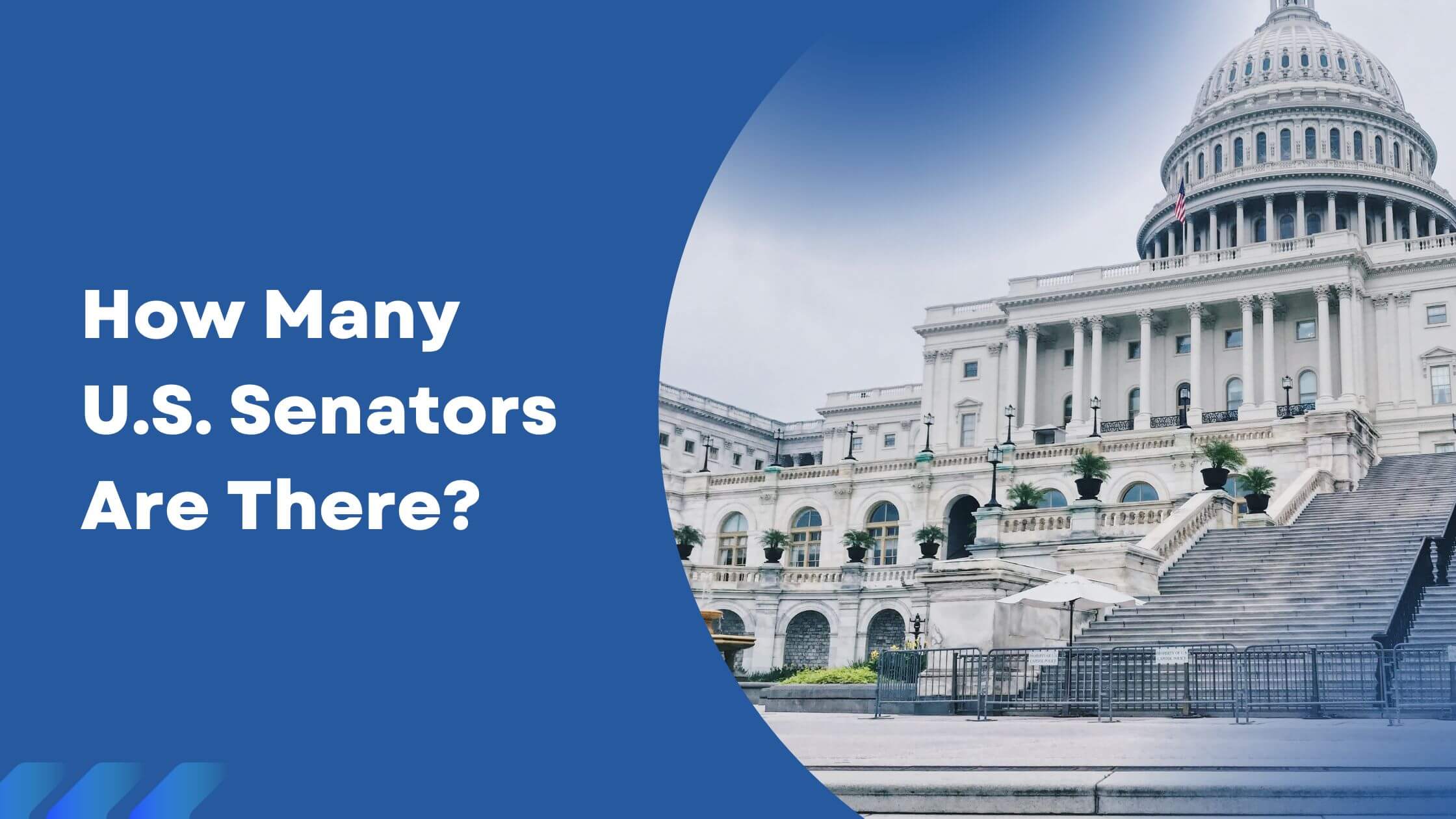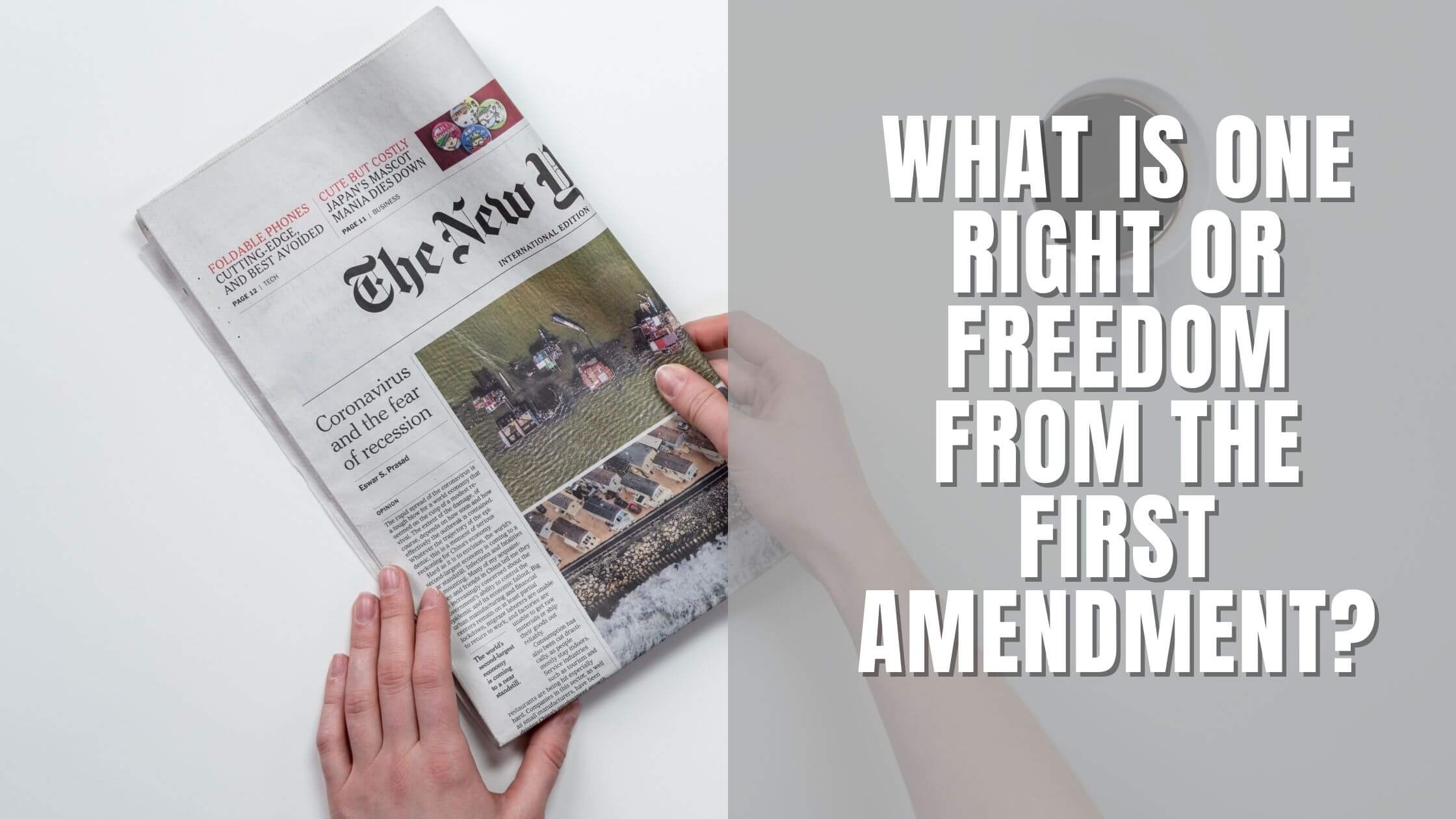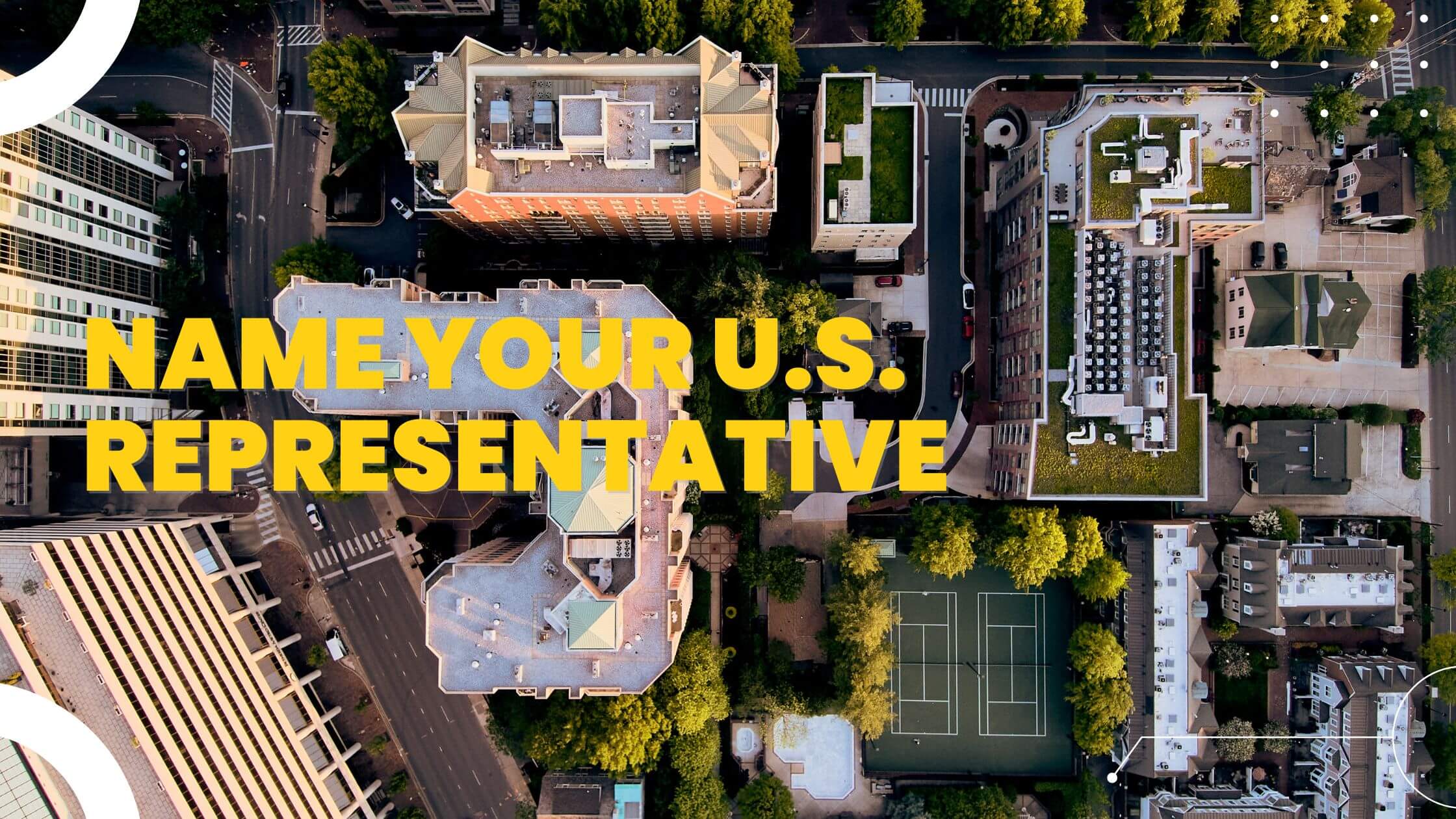Table of Contents
ToggleName one state that borders Canada.
Acceptable Answers:
- Maine
- New Hampshire
- Vermont
- New York
- Pennsylvania
- Ohio
- Michigan
- Minnesota
- North Dakota
- Montana
- Idaho
- Washington
- Alaska
The Canadian Border With the United States
The border between Canada and the United States is the longest globally at 5,525 miles. It stretches coast to coast from the Atlantic to the Pacific and includes the border with Alaska.
This border is also significantly larger than the one on the southern boundary with Mexico, which is just 1,954 miles long.
This United States border was first established in 1783 via the Treaty of Paris with Great Britain after the Revolutionary War. It was then finalized in 1908 to form the current border.
Provinces And Territories Of Canada
The Canadian provinces and territories are the second-largest country in the world, spanning numerous geographical regions.
The following table provides an overview of each province or territory’s main features:
| Province/Territory | Features |
|---|---|
| Alberta | Rocky Mountains |
| British Columbia | Pacific Coastline |
| Manitoba | Prairies |
| New Brunswick | Fundy Bay |
| Newfoundland | Atlantic Ocean coastline |
| Northwest Territories | Arctic Circle |
| Nova Scotia | Cabot Trail |
| Nunavut | Largest area of Canada |
| Ontario | Great Lakes region |
| Prince Edward Island |
Which States Are on the Border With Canada?
The impressive length of the Canadian border means that there are many states in the northern part of the USA that have some physical link. The length of these individual borders varies, as does the nature of the landscape. So, here is a quick run-through from east to west.
Maine
A large part of Maine lies on the border with Canada because there is an extensive sweeping curve in the line that forms the northern part of the country.
New Hampshire
As the border heads further west towards more densely populated areas, a small section of New Hampshire shares a border with Canada. This is almost directly south of Quebec City in the prominently French Canadian province of Quebec.
Vermont
The border then continues further west with a long stretch of territory across the top of Vermont. Here, citizens are much closer to Montreal in the north.
New York
Much of this border sees the state connect with Canada via the Great Lakes system – partially on Lake Ontario and other areas on Lake Erie. Major cities here include Rochester and Buffalo.
This more densely populated area of New York is very close to the cluster of Toronto, Mississauga, and Hamilton on the Canadian side of Lake Ontario. Also, a major border point lies at the tourist site of Niagara Falls.
Pennsylvania
What is surprising to those outside the state is that there is a small section of the Pennsylvanian border at Lake Erie.
Ohio
The Erie lakefront border continues west along the top of Ohio via Cleveland and into Toledo.
Michigan
This is where the geography of the Canadian border gets more interesting. The Great Lakes continue into the United States and Canada, with some of the larger bodies of water surrounding the “mitten” and top section of Michigan.
Through Lake Huron, the Canadian border rises northwards, with a clean border down the middle. To the east of the state, the city of Detroit lies the closest to the border.
What is interesting here is that there is no border with Wisconsin. Wisconsin has two areas that border the Great Lakes. The eastern stretch parallel to Michigan, on Lake Michigan, is home to Milwaukee and Green Bay. Then there is the small section to the north that meets an area of Lake Superior. However, the border here is with Michigan and Minnesota, with the Canadian border further north.
Minnesota
Minnesota is the next state that has a border with Canada. This is a long way from the larger cities and the metropolitan area of Minneapolis. The border lies between Superior National Forest and Wabakimi Provincial Park.
North Dakota
The border between Minnesota and Canada continues to be a major highway leading up to Winnipeg. This lies on the border of North Dakota. From there, the boundary continues through more rural and sparsely populated land.
Montana
It is a similar story in Montana. Here, the border passes through the Fort Peck and Blackfeet Indian Reservations and into the Kootenai National Forest. This brings the geography in line with the city of Calgary, a short distance north of the border.

Get Smarter on US News, History, and the Constitution
Join the thousands of fellow patriots who rely on our 5-minute newsletter to stay informed on the key events and trends that shaped our nation's past and continue to shape its present.
Idaho
This next section is easy to miss, and you might assume it goes to Montana and then Washington. But, the odd shape of Idaho means that there is a small section of the Kootenai National Forest and a bit of Canadian border within this country.
Washington
This is the last state in that long stretch from the east to the west coast. Again, the border comprises national forests and no major towns. At the end, there is the bay around Seattle and the coastline that reaches up into Vancouver.
Alaska
Finally, we can’t forget about the border with Alaska. There is a long straight line splitting the wilderness of northern Canada from Alaska. This then becomes more erratic as it carves out a long stretch of coastline along the Gulf of Alaska. This doesn’t meet up with the rest of the United States but does mean that Juneau is in Alaska and not Canada.
When you add up all the different states with Canadian borders, the expanses, major forests and reservations, and the links to the Great Lakes, it is clear why this is the longest land border globally. It is an important boundary between the countries and is unlikely to change again.
Impact Of the Us-Canada Border On Trade, Economy, Politics
The US-Canada border is like a physical barrier between two close friends. It may seem that the barrier keeps them apart, but in reality, it binds them together.
The relationship between these two countries has been shaped not only by their shared culture and history but also by the economic ties that exist along this boundary line.
Trade and commerce have flourished on both sides of the border, while politics and security concerns remain at the forefront of discussions. In this way, the significance of the US-Canada border extends far beyond its geographic boundaries.
Economically speaking, much of Canada’s prosperity is dependent upon trade with its southern neighbor.
Cross Border Employment
Over one million jobs are supported directly or indirectly by cross-border activity within North America alone.
While NAFTA (North American Free Trade Agreement) saw an increase in free trade between Canada and the United States, other bilateral agreements continue to strengthen links between the two economies. These measures ensure that businesses can operate easily across borders without impediments from tariffs or quotas imposed by either country.
Politics Between Canada and America
Politically, issues such as migration policies, border security, and climate change often dominate debates between Canadian and American leaders. This is unsurprising given how closely intertwined many aspects of life are for those living near each other’s borders – particularly Indigenous peoples who span multiple nations’ jurisdictions and need special protections under international law to preserve their autonomy and cultural heritage rights.
Despite occasional disagreements over particular topics, there remains a strong spirit of cooperation amongst all stakeholders involved when it comes to resolving important matters concerning both countries’ welfare and stability.
Overall then, despite having certain unique challenges posed by its presence, the US-Canada border continues to be an area where people come together rather than drift apart; where business opportunities abound; where political tensions remain manageable; and where mutual understanding prevails even in times of disagreement or uncertainty.











